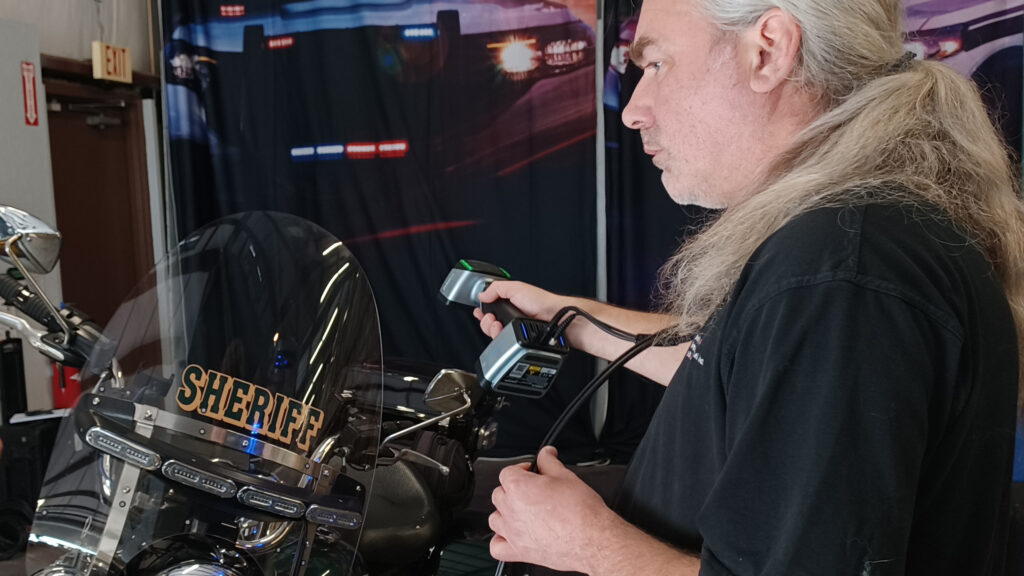Most product development services begin with a sketch, a 2D drawing, or a 3D model. But thanks to a process known as reverse engineering, you can also use an existing product to inform and inspire your next project.
Polyhistor’s reverse engineering experts can dissect and deconstruct your physical product, extracting valuable insights and data which enable us to:

- Improve the product
- Replicate the product
- Develop a new and innovative product
Keep reading to learn why Polyhistor is a trusted partner for reverse engineering services.
Get to Know Polyhistor’s Reverse Engineering Services
To reverse engineer a product or system, the Polyhistor team analyzes its design, functionality, and underlying technology.
Our in-house engineering and manufacturing capabilities make us the clear choice for comprehensive reverse engineering services. Whether your parts or products are destined for automotive, aerospace, consumer electronics, or medical device applications, our team can leverage reverse engineering methods to develop all-new products or recreate a product you’ve already patented.
Is Reverse Engineering the Right Approach for Your Project?
To determine whether reverse engineering is the right approach for your project, we need to know your end goal. What, precisely, are you looking to accomplish?
Let’s say you want a new tail light for your 1974 vehicle. Should you purchase an old but unused part on eBay for $125? Or should you spend thousands of dollars to have the tail light reverse-engineered and made new for you? Of course, any sensible person will go directly to eBay.
Now imagine you need a replacement part that’s no longer in production. A critical piece of equipment cannot function without the part, and your business is losing money due to the old part’s failure. Polyhistor’s reverse engineering services can make the part you need so you can resume operations.
In short, reverse engineering isn’t ideal for every project. But when it is the best solution—or the only available solution—Polyhistor is here to help.
The Reverse Engineering Process
Our approach to reverse engineering a part or product involves the following steps:
Discerning measurement data
Without a part’s CAD data, we’ll need to use our laser scanner, CMM, or both to generate measurement data. If your product involves tight tolerances or complex features, we’ll use the CMM for its exceptional accuracy.
Determining material requirements
If you’re unsure of the part’s material, we may be able to identify whether it’s aluminum or stainless steel, for example. But if you need the new part to match the original part’s material precisely, we will need to send the part to a lab for grading.
Conducting testing and analysis
At Polyhistor, we thoroughly test and analyze every reverse engineered part, where possible. Along with validating your reconstructed design, testing allows us to assess the reliability and performance of your final product. All parts and requirements are different, so make sure to contact us for your particular application.
The Final Deliverable
Our advanced techniques allow us to create accurate digital models, develop top-quality prototypes, or initiate high-volume manufacturing for reverse engineered products. Let us know what you need, and we’ll gladly accommodate you.
